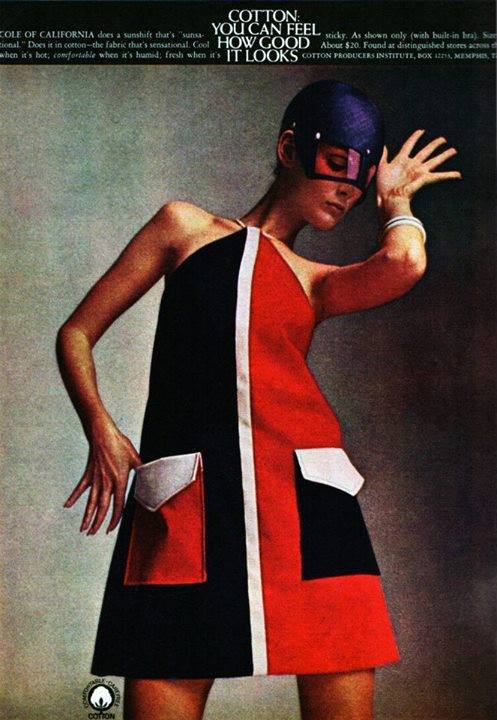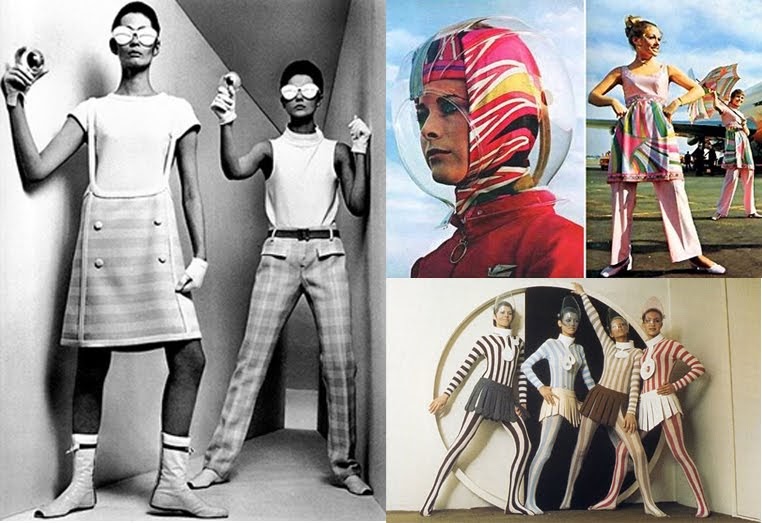
Russia and China are close behind, although the latter’s wealthiest citizens have kept a much lower profile. It’s not just America and its billionaires, however, that are clamoring to make gains in space. This year, the agency has plans to launch a space station into the moon’s orbit, and will collaborate with SpaceX to send an astronaut crew to the International Space Station. The US government, too, seems interested in expanding NASA’s foothold in space. Investments in space startups nearly doubled from 2018 to 2019, according to analytics firm BryceTech, and space companies raised a record $14.5 billion in 2021, reported CNBC. Some industry experts say the success of privately funded endeavors like SpaceX and Blue Origin has piqued the attention of private investors. (Musk himself was not on board billionaire Jared Isaacman, who helped finance the mission, was.) And in September, Elon Musk’s SpaceX launched a four-person civilian crew into Earth orbit for a three-day journey. His rocket, carrying three other space tourists, surpassed Branson’s distance to reach the Kármán line, which is internationally recognized as the edge of space.


Fellow billionaire and Blue Origin founder Jeff Bezos flew out 10 days later on a 10-minute tour. In July, Richard Branson of Virgin Galactic, accompanied by five passengers, took a 90-minute trip about 50 miles into Earth’s atmosphere. Last year was a turning point for commercial space tourism and exploration, with various billionaire-backed ventures embarking on recreational spaceflights. Some believe we are at “the dawn of a new space age.” 2021 was a big year for rocket launches, with activity nearly rivaling that of 1957, when the Soviet Union launched Sputnik 1 and kick-started the space race. The Webb took over a decade of work and billions of dollars, but the timing of its launch coincided with a record-breaking year of space activity, in addition to growing cultural and commercial interest. There, the largest telescope in history is stationed to observe the cosmos, allowing astronomers to look farther out in space and further back in time.
1960S SPACE AGE FASHION MOD
So presented below are a few images showing the mod sci-fi genius of Pierre Cardin.On January 24, the James Webb Space Telescope arrived at its final destination, about a million miles away from Earth. Somewhere between Tracy Island and an intergalactic coral reef, this huge structure is the perfect setting for all those wonderful clothes.
1960S SPACE AGE FASHION PLUS
Later on, this aesthetic informed the villa he built on the beautiful Côte d’Azur, Le Palais Bulles (see the video at the bottom, plus official site here). So successful were these collections, nearly fifty years on, many of them still define what we think of as ‘futuristic’ even now.
1960S SPACE AGE FASHION SERIES
Embracing both the era’s creative freedom and its fascination with the space race, his love for modern materials such as vinyl, silver fabrics and moulded plastics led to a series of futuristic space-age collections, one of these obviously a huge influence on the designers of Gerry Anderson’s Captain Scarlet. In 1957 he became one of the first western designers to visit Japan, seeking eastern influences for his work.

An innovator and iconoclast, in 1959 Cardin was the first major designer to produce a ready-to-wear range, and later broke new ground in exporting his style to other products, such as car interiors. What I didn’t know then, was anything about the legacy of the man whose name was on the bottle. Growing up in the 80s on the borders of the East End & Essex, Pierre Cardin was chiefly known as the name on one of the aftershaves, liberally splashed all over by dodgy casuals in Farrah slacks & bad knitwear.

Pierre Cardin Past, Present, Future, 1990. ‘The clothes that I prefer are those I invent for a life that doesn’t exist yet – the world of tomorrow.’


 0 kommentar(er)
0 kommentar(er)
